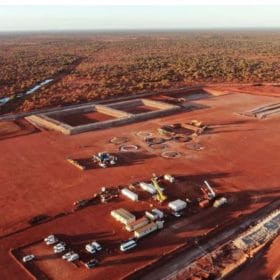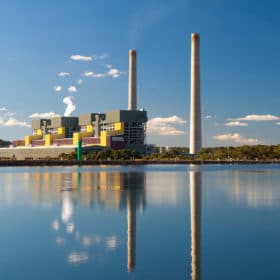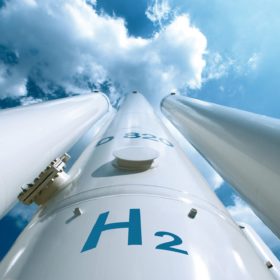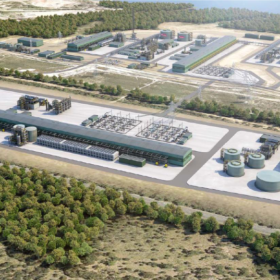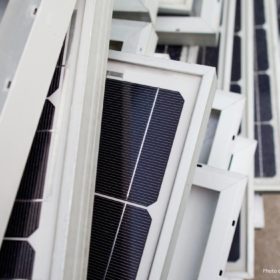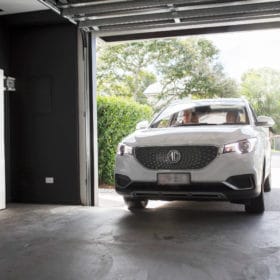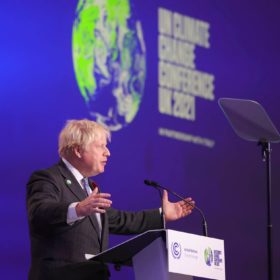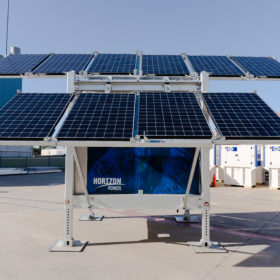Queensland begins its QREZ development with a “measly” 3.3 GW allocation
The Queensland government has published its draft plan to unlock 3,300 MW, or 3.3 GW, of new renewable generation as part of the first stage of developing state’s three Renewable Energy Zones (REZs).
50 MW solar farm the centrepiece of Queensland mine proposal
A torbanite mine proposed for central Queensland is hitching itself to renewable energy, presenting its accompanying 50 MW solar farm as centrepiece of its plan.
Is gas or storage the ideal dispatchable replacement for coal? A NSW case study
Everything you see exists together in a delicate balance. Octopus Investments Australia’s Investment Director of Energy Markets, Lumi Adisa, takes a Lion King-themed deep dive into New South Wales to find out what comes after coal.
Australian startups join forces to develop 1.3 GW hydrogen export facility in Malaysia
Two Australian companies, hydrogen fuel cell startup H2X and emerging renewables developer Thales New Energy, have signed an agreement with a Malaysian state-owned corporation to develop a 1.3 GW hydrogen export facility powered by hydroelectricity in the Malaysian state of Sarawak.
Australia claims global hydrogen spotlight with 1.7 GW project in Tasmania and new tech to produce hydrogen from rooftop PV
In this week’s edition of pv magazine’s Hydrogen Stream, Australian projects took centre stage including Woodside announcing it had secured land for its H2TAS project, an MoU signed between Perth-based metals manufacturing company Unique Metals and Energy consultancy Xodus, as well as ARENA’s funding for Sun Metals zinc refinery in Townsville.
Reuse or replace? Analysis considers all options for underperfoming PV modules
In a new report, experts from the International Energy Agency Photovoltaic Power System Programme (IEA-PVPS) have assessed the economical and environmental benefits of repairing and reusing or replacing solar modules that are not complying with a 30-year expected lifetime. They found that reusing offers the best environmental impact in all cases, while the profitability of this option is currently guaranteed only by rooftop PV under certain conditions. As for large-scale solar, module replacement remains the most competitive option.
Investability of Australian large-scale renewables remains low
COP flack for Australia’s insubstantial and unstructured response to decarbonisation has not made the country more attractive to investors. Has our first-mover status cruelled our investability, and what could the next Federal Government do to revive investor confidence?
When EVs can’t get a purchase …
Car subscription services are not considered in government EV policies at either a state or federal level in Australia, yet studies show they are growing as a preferred way to access a good, clean drive.
Not a total COP out … except for Australia
Opinions are rife and varied in the wake of the COP26 UN Climate Change Conference. What can we take away from discussions in which the Australian Government positioned itself as a climate pariah?
Distribution networks set to shrink: standalone solar hybrid systems are safer, more reliable
Western Australia leads the world in successfully implementing renewables-based energy generation for far-flung customers. Unique joint venture and pioneer in the field, Boundary Power, has been widely recognised for its innovations and is ready to repeat its SAPS successes across Australia and the Asia-Pacific.

